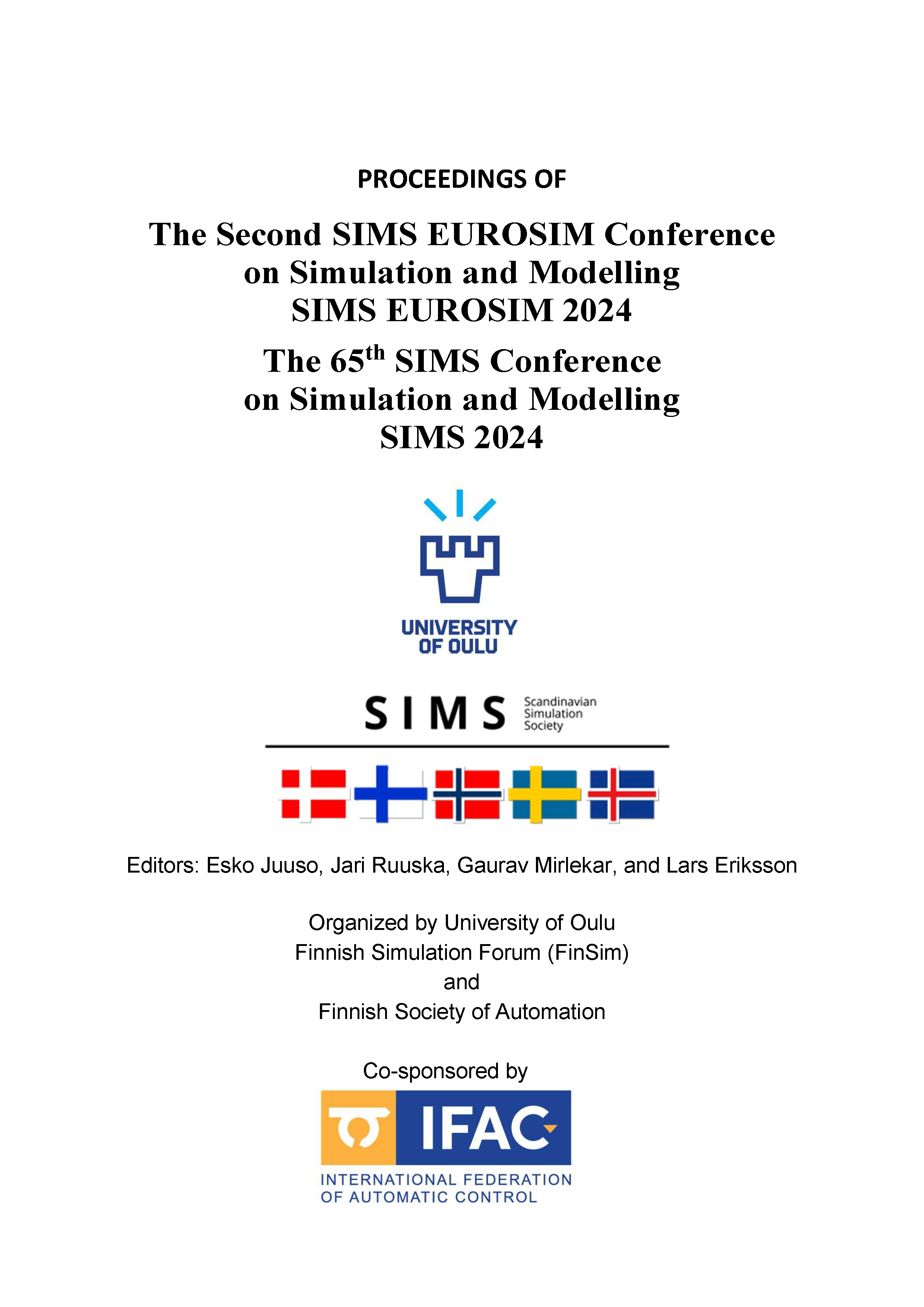A Battery model for transportation and stationary applications
DOI:
https://doi.org/10.3384/ecp212.007Keywords:
BatteriesmodellingapplicationsAbstract
Batteries are used in electric vehicles as well as for stationary applications. In the first case we usually want a high energy density as kWh/kg, while stationary applications are less sensitive to the energy density. Principally it may be a good idea to first use batteries for transportation applications and then when capacity has reached a certain level start using them for other applications in a “second life”. Both for optimizing the performance of operations in 1st and 2nd life as well as for making fair commercial agreements when selling used batteries for 2nd life applications, we need to make prediction of remaining useful life (RUL) as well as SOH (State of Health). For this purpose battery models are needed. In the paper we show a methodology for building useful battery models built on own experiments as well as literature data. Single cells of NMC (Li-NiMnCo-batteries) as well as LFP (Li-ionphosphate batteries) have been cycled as well as cells in series. EIS, Electrochemical Impedance spectra as well as dQ/dV has been measured for each cycle. These data then have been used for development of SOH and RUL models using different regression methods. The models are described, discussed and results shown in the paper.Downloads
Published
2025-01-13
Issue
Section
Papers
License
Copyright (c) 2025 Erik Dahlquist, Maher Azaza, Masoume Shabani, Josefin Rojas Vasquez, Meysam Majidi Nezhad , Anas Fattouh, Amare Desalegn Fentaye

This work is licensed under a Creative Commons Attribution 4.0 International License.

